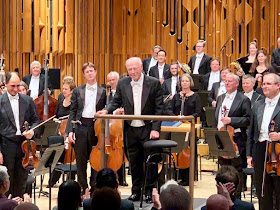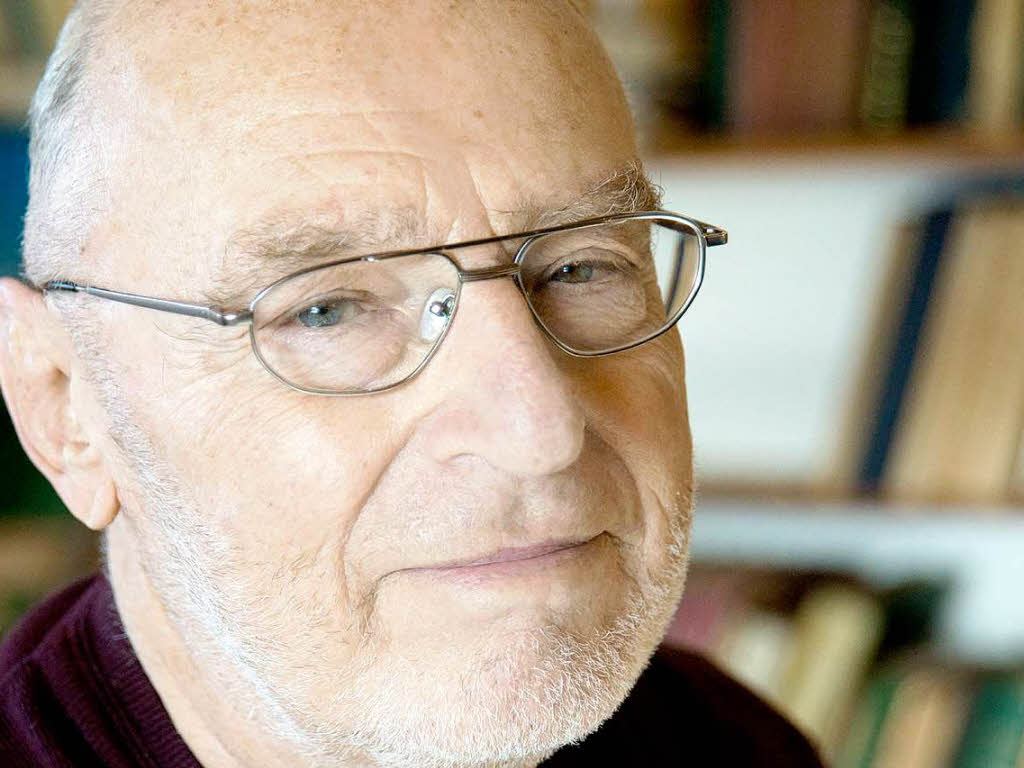New from Harmonia Mundi, Matthias Goerne and Lief Ove Andsnes : Robert Schumann : Liederkreis op 24 and Kernerlieder. Goerne and Andsnes have a partnership based on many years of working together, which makes this new release, originally recorded in late 2018, well worth hearing. It's a good companion piece to Goerne's Schumann Lieder with Markus Hinterhäuser, also from Harmonia Mundi, with settings of Lenau, Eichendorff and more esoteric poets (Please read more about that HERE). Goerne has been singing Schumann since his youth. He sang Schumann and Schubert in his earliest performaces at theWigmore Hall, London. The art of Lieder is so personal that it's not surprising that an artist's priorities might be performance rather than recording, so this is a good chance to capture Goerne's art on disc His recording of Dichterliebe with Vladimir Ashkenazy, released in 1998, remains a favourite. I'm also very fond of his Schumann with Eric Schneider, with whom he recorded his groundbreaking Schubert Die schöne Müllerin.
Heinrich Heine's subtle ironies inspired in Schumann settings of great quality: like Dichterliebe op 48, Schumann's Liederkreis op 24 is a masterpiece. With "Morgens steh' ich auf und frage"it begins on a note of hope, the piano line bubbling busily, expressing hope and impatience. There are advantages to hearing this with Goerne's dark timbre. Lighter voices sometimes sound too innocent : the depth in Goerne's voice reminds us that not all dreams come true. Thus to the resolute firmness of "Es triebt mich hin und estreibt mich her" where Andsnes shapes the piano line with greater tension, and Goerne alternates confidence with tenderness, as if the poet is forcing himself to be cheerful. This highlights the pathos of "Ich wandelte unter den Bäumen". the birds understand sorrow. Thus the piano line where lyricism is overcome by penitential stillness. In "Lieb' Liebchen" Heine connects the lover's heartbeat to the sound of a carpenter pounding nails into a coffin : a macabre image, hardly a promise of joy. Again the haunted quality in Goerne's voice brings out inner meaning. The piano line in "Schöne Wiege meiner Leide", lilts like a cursed lullaby, but the vocal line surges upwards, as if buoyed up by the same resolution that informed the start of his journey. The tenderness with which Goerne sings "Lebewohl, Lebewohl" suggests resignation. But yet again, this might be a mask. The forcefulness of Andsnes's playing and the magnificence of Goerne's phrasing indicate much greater turbulence. With "Warte, warte, wilder Schiffman", this is a masterful interpretatiom. We cannot hear the lovely "Burg und Bergen schaun herunter" without remebering what came before. The steady pace of "Ich wandelte unter den Bäumen" now returns, intensified, as if the coffin the carpenter prepared in "Lieb' Liebchen" is now being used in solemn procession. "Mit Myrthen und Rosen" evokes images of flowers, symbols of Spring and of Love, but also of death. Goerne's voice becomes gentle, as if purified. If in life the poet hasn't found love, his art will live on.
Justinus Kerner (1785-1852) was a Swabian medical doctor, interested in the wilder shores of therapy in his time, when ideas like magnetism, mesmerism and the occult weren't excluded. Imagine how he and his contemporaries would have embraced psychology! Schumann's Kernerlieder op 35 (1840 is a true cycle, more than a random collection of songs, and in recent years has come to be appreciated as equal to the other works of Schumann's Liederjahr. The cycle begins with the violent "Lust der Strumnacht", invoking storm, winds and heavy rain, through which a mysterious traveller makes his way. Listen to the savage "s" sibilants whipping the song forward to its adamant one-chord conclusion. Somewhere trapped inside the second strophe is the image of lovers snatching a golden moment - indoors - who want the storm never to end. "Bäumt euch, Wälder, braus, o Welle, Mich umfängt des Himmels Helle!" Already Schumann creates the almost schizoid extremes of mood that characterize the cycle. This turbulence gives way to "Stirb' Lieb’ und Freud" in which a man observes a woman transfixed by religious ecstasy. She's young but wants to renounce the world, to become one with the Virgin Mary. Beautiful as the image is, it's unnatural to the man, who now can never speak of his love. The tessitura suddenly peaks so high that some singers scrape into falsetto, which is why the Kernerlieder are more safely performed by tenors who can do the sudden tour de force transition with relative ease. Peter Schreier mixes purity with ardent protest - wonderful. It's more of a strain for baritones. Fischer-Dieskau recorded it only once, as did Hermann Prey. However, when Matthias Goerne, with an even lower timbre, sings it he shows how the contrast between dark and light is integral to meaning. The high pitch isn't merely a way of imitating the young girl's voice, but a cry of pain from a man in the shadows, seeing the girl illuminated by rays from a Heaven he can never attain. As the last notes fade, Schumann throws us back into the maelstrom..
In "Wanderlied", the protagonist enjoys golden wine (a recurring symbol in this cycle) but this moment of rest is soon blown away by the dynamic opening line, "Wohlauf! noch getrunken den funkelnden Wein!" Wherever he might find himself, he doesn't belong. Again, the minor key of 'Du junges Grün, du frisches Gras!' throws us out of kilter. The protagonist admires fresh shoot of grass, but he'd rather be under them than alive. The lyricism in the piano part is deceptive. Similarly, the rolling, circular figures in 'Wär' ich nie aus euch gegangen' belie the intense regret in the text. These two songs function like a prelude to the magnificent "Auf das Trinkglas eines verstorbenes Freundes". The canon-like melody has a grandeur that raises it above a mere drinking song. It has an elegaic quality, suggesting an organ in a cathedral – linking back again to the mood of "Stirb' Lieb’ und Freud”. Its long lines demand exceptional skill in phrasing, for it ponders the mystery of the relationship between the living and the dead, and along the way reflects the composer’s love of “Gold der deutschen Reben!”– at these lines there is a touching modulation which is sustained through the grandeur of “Auf diesen Glauben, Glas so hold!” A spider has wound its web round the long-dead man's wineglass. Again, Schumann forces the singer's voice way up his register. suggesting heights and distances the living cannot reach. The very spookiness in this song elevates it to another plane. This song doesn't come at mid point in the cycle for nothing.
For a moment, Schumann retreats into the relatively conventional "Wanderung", and the delicacy of "Stille Liebe", but notice how the soft, rolling figures from "Wär' ich nie aus euch gegangen" should keep us from being lulled. Thus, "Frage" emerges like a prayer: a miniature whose quiet tone disguises its key position in the cycle. The protagonist is now the one who is mediating on the stillness which the young nun and the departed friend have achieved. With "Noch" the pace slows deliberately, so the last phrase "in arger Zeit ein Herz mit Lust?" shines upwards.
The final "movement" in the Kerner Lieder begins with "Stille Tränen". It's not unlike "Stille Liebe", but much richer and more assertive. Goerne's voice opens out, the piano part is firm and resonant. The sleeper has woken from a night of tears, to a morning of heavenly blue skies. Is the protagonist starting to wonder "Dass du so krank geworden?". The final song is, to me, one of the finest in the repertoire. It is marked “noch langsamer und leiser” (than the previous song)., rising barely above a mellifluous, perfectly controlled half-voice, so one has to pay attention to every syllable. The poet rejects the comfort offered by nature, and affirms that only death will release him “…aus dem Traum, dem bangen, Weckt mich ein Engel nur.” The quiet lines, with the lovely slight pressure on “Engel”suggesting a caress. The invisible wings of an angel? Whatever the source of this mystery it offers kindness and the hope of ultimate release. Has the protagonist at last found that elusive inner repose Listen to the contemplative pace of the piano, each note separated by silence, like a heartbeat. What a contrast with the turbulent "Lust der Strumnacht" ! The cycle has come round full cycle.
















.jpg)
